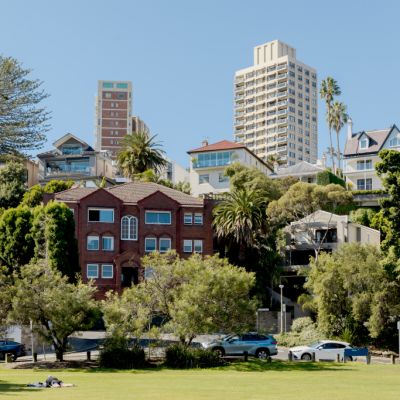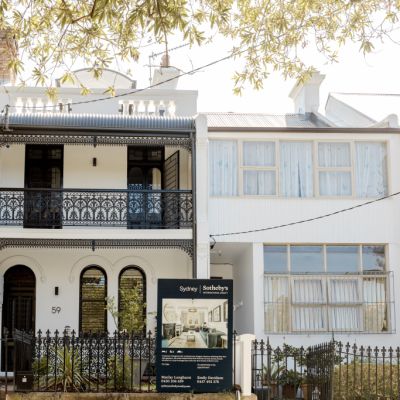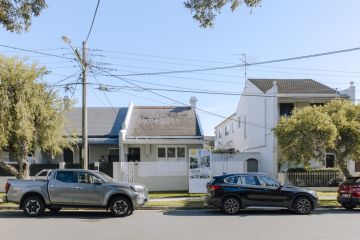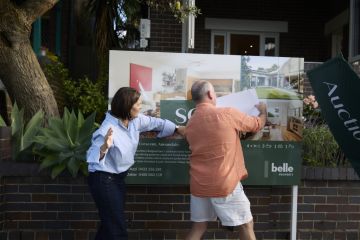Investing for retirement: What are the main things to consider?
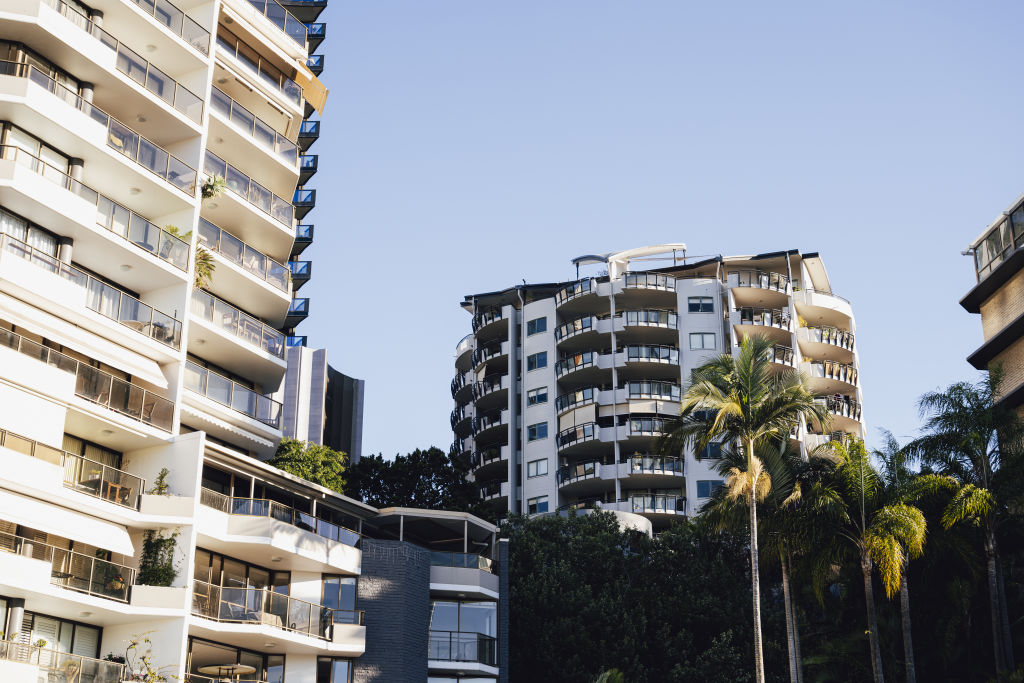
Australians generally delight in having one of the highest life expectancies in the world – 85.1 years for women and 81.1 for men – but that can also have a dark downside.
The risk that retirement savings won’t stretch that far means we all have to be mindful of the need to invest for our retirement, whether that’s a stage of life a long way off, or the end of work is nigh.
“When you are younger, you need to start that investment journey as personal servicing in your own name, rather than in a self-managed super fund (SMSF),” says Darren Venter, director of The Investors Agency.
“You need to max out as much as you can on the personal side, to get as much capital growth as you can.
“With an SMSF, you can’t use the equity to build your property portfolio. But with your own savings, you can use your equity to continue to buy, and continue to buy, to the point where you can’t buy any more.
“And only then should you put money into the SMSF and let that do as much as it can.”

If you’re planning to buy property to fund your retirement, Venter says it must be carefully chosen, too.
It needs to be in “safe zones” of metropolitan areas without wild fluctuations in value that can jeopardise your chances of a comfortable retirement.
“That means the outer rings of metro areas of Brisbane, Melbourne or Sydney because their economic performance has always been a lot more stable than, say, regional markets, in the long term,” he says.
“You want good capital growth potential and longevity to give you funds for retirement.”
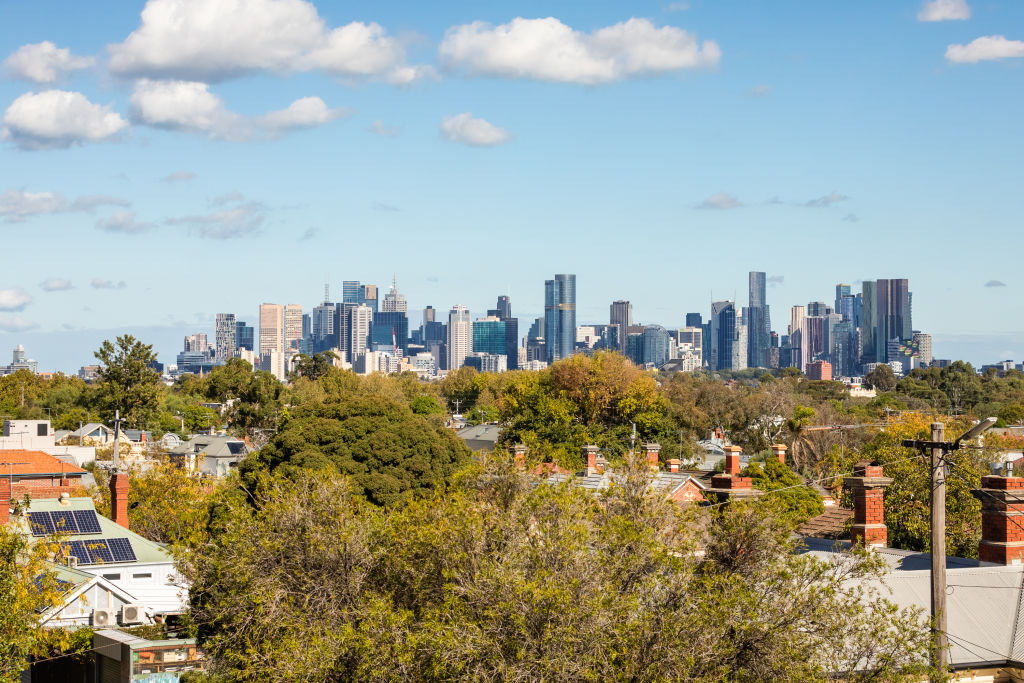
In addition, author Bryce Holdaway, with Ben Kingsley, of the book How To Retire On $3000 A Week, says that investments should be in established properties rather than brand-new developments to keep unacceptable risks at bay.
“The reasons are simple,” he says. “Established properties typically offer stronger growth potential, better locations, and more reliable performance over time. We see far too many investors lured into the flashy promises of new house-and-land or off-the-plan apartment investment stock.”
As you come close to retirement, diversification is also critical, advises Philip Brown, head of research at FIIG Securities.
The highs and lows of the property cycle can be weathered in the long run, but if you don’t have time on your side, maybe not.
“If you’re close to, or in, retirement, and there’s a big swing, you just can’t afford to take a big hit,” Brown says. “Fixed-income investments, including corporate bonds, offer around the same return but with capital stability.”
We recommend
We thought you might like
States
Capital Cities
Capital Cities - Rentals
Popular Areas
Allhomes
More

